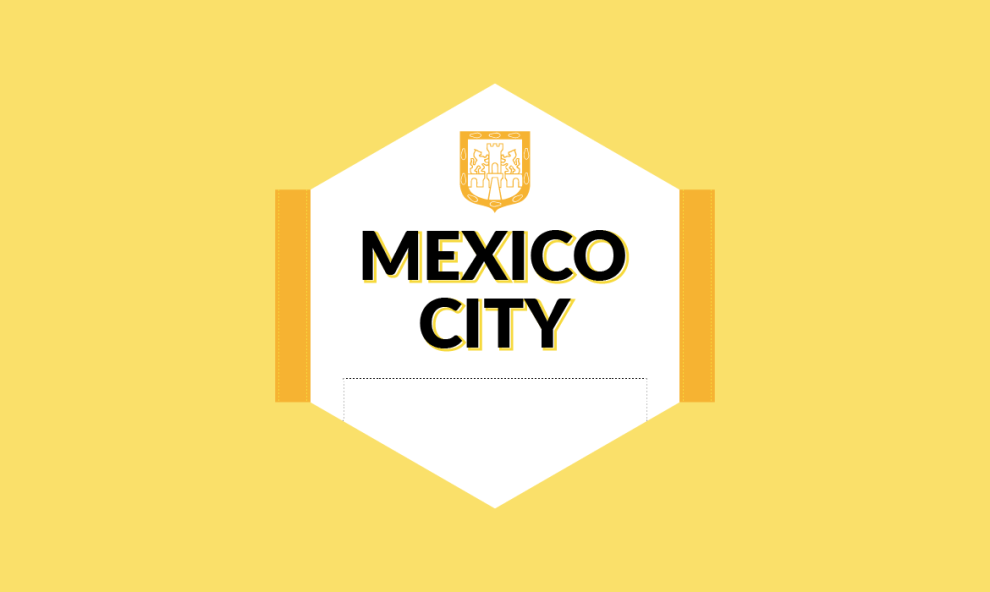The context of the recent scandal involving the former PRI leader in Mexico City, Cuauhtémoc Gutiérrez de la Torre, sheds some light over the key aspects needed to gain control over the complex scenario of political factions existing within the country’s capital. In addition, this scenario enables to see how the configuration of several factors, such as the prominence of several interest groups, the weakness of the city’s Mayor as well as the different conflicts resulting from the PRD opposition, will affect the increasingly competitive elections to be held in 2015 and 2018, something that hadn’t been seen in years. The idea of removing PRD from the government of Mexico City seems a more complicated endeavor than the one made by PAN during the 2000 Presidential election.
Ruling the nation’s capital is not an easy task, since it consists of providing services, security and order for over 8 million inhabitants (not taking into account the large floating population living in the metropolitan area). Mexico City is a unique case due to the fact that it has a complex system of interest groups structured by several stakeholders, ranging from organizations to unions that have enough power to turn the governance of the capital upside down using the mobilization of both financial resources and several members. The case of Cuauhtémoc Gutiérrez, who gained political and economic power by controlling rag-pickers (an endeavor inherited from his father, Rafael Gutiérrez, who was known as “the king of garbage”) is only one of the many existing groups in a scenario of interest groups (or mafias, a title that could suit them as well) in Mexico City. Likewise, when many of these political favors emerged and prospered during PRI’s rule, most of them “opted” for PRD after Cuauhtémoc Cárdenas´1988 Presidential campaign, and became the platform that took the latter to Mexico City’s government in 1997. That way, instead of tackling the groups’ malpractices, the leftwing that ruled the capital chose to “buy the whole package”, that is to say, obtain the benefits of the political-electoral mobilization and the allocation of financial resources but with blackmail, corruption and the threat of lawlessness that might result from their lack of control floating over their heads.
Regarding the latter, the concept of a strong Mayor has always been part of the picture. However, the capacity and leadership of Miguel Ángel Mancera are increasingly put into question as days go by. The growing weakness of the local Executive power is evident, as proved by a survey published in the newspaper Reforma in April 7th, where it can be seen that Mancera’s approval has plummeted since August 2013, when it was shown that 55% of Mexico City inhabitants approved his tenure to the 39% obtained on March 2014. This decrease can largely be explained by the growing perception of insecurity within the capital as well as the mismanagement of cases such as the shortcomings found in the 12th Metro (subway) line. Likewise, Mancera lacks a firm leadership structure given the fact that he does not belong to any political party and does not have an agenda that will project him as a strong political figure.
The challenge set for parties is not easy by any means, even taking into consideration the Mayor’s weakness. On one hand, PRI will have to rebuild its image of “new PRI”, which was damaged with the scandal involving Gutiérrez de la Torre. It is worth remembering that not even the “Peña effect” could contain PRD’s overwhelming victory in 2012. On the other hand, local PAN will not only have to survive the collateral damage resulting from the party’s leadership election but it will also require a modernization of its basis, especially when considering the profile of the average voter of Mexico City. In this case, local PAN has members that are quite as much as right-wing or even more so than their Guanajuato counterparts, something that seems to be working less and less each time, even in their stronghold, the Benito Juárez county. In the last election, PAN even lost the Miguel Hidalgo county, a location that had never been in possession of PRD. Regarding the left, PRD will need, just like PAN did, to solve the party’s internal differences in order to define its local leadership, especially considering that the left’s political spectrum will have the presence of MORENA, the party of Andrés Manuel López Obrador, an individual that still has a considerable support in the city.
The weakness of Mancera and Mexico City’s political uniqueness have resulted in a scenario where competition among parties and their different factions for the city’s control will be very intense in the face of the 2015 and 2018 elections. That way, the power distribution between parties and interest groups might reconfigure sooner than what was expected a few months ago.
CIDAC




Comments